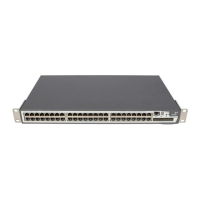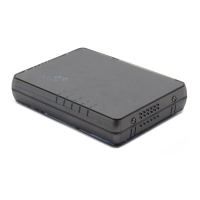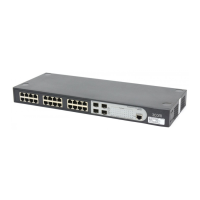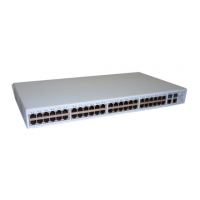1-2
CLI view Description
mst-region MST region view
mtlk-group Monitor link group view
null NULL interface view
ospf OSPF view
ospf-area OSPF area view
peer-key-code Public key editing view
peer-public-key Public key view
pim PIM view
poe-profile PoE profile view
qinq QinQ view
qos-profile QoS profile view
radius-template RADIUS scheme view
remote-ping Remote-ping test group view
rip RIP view
route-policy Routing policy view
shell User view
smlk-group Smart link group view
system System view
user-interface User interface view
vlan VLAN view
vlan-interface VLAN interface view
command: Command for which the level is to be set.
Description
Use the command-privilege level command to set the level of a specified command in a
specified view.
Use the undo command-privilege view command to restore the default.
Commands fall into four levels: visit (level 0), monitor (level 1), system (level 2), and
manage (level 3). The administrator can change the level of a command as required. For
example, the administrator can change a command from a higher level to a lower level so
that the lower level users can use the command.
The default levels of commands are described in the following table:
Table 1-2 Default levels of commands
Level Name Command
0 Visit level
Commands used to diagnose network, such as ping,
tracert, and telnet commands.

